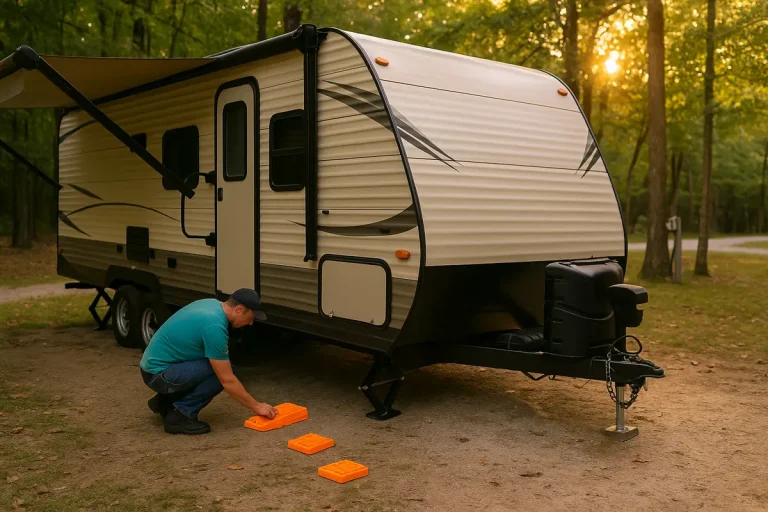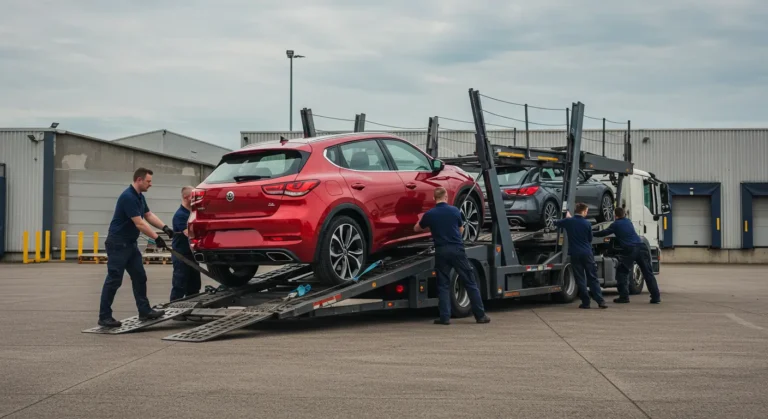Common Mistakes Car Drivers Make Around Semi Trucks
Driving near a semi can be intimidating. Whether it’s the thunder of 18 wheels hitting the road or the sheer size of the trailer, these highway behemoths deserve special consideration. Misjudging how to share the road with these wheeled giants can be dangerous for you and everyone else on the road. Here are drivers’ most common mistakes when sharing the road with semi trucks.

Cutting Off a Semi
One of the most dangerous and common mistakes car drivers make is cutting in front of these complex machines too closely. It’s tempting to merge quickly in heavy traffic, but if you cut too close and the trucker needs to hit the brakes, there’s a good chance they won’t be able to stop in time.
These massive haulers also have large blind spots — sometimes called “no zones” — on all four sides, especially along the right side and directly behind the trailer. A car hanging out in those areas may be invisible to the semi’s driver.
If you need to pass, avoid lingering in the blind spots. Be deliberate — do it quickly and safely. Remember, if you can’t see the truck driver in your side mirror, they probably can’t see you.
After you pass, keep a steady pace. Ensure you can see the semi’s front in the rearview and signal before moving into their lane. Don’t cut over just to slow down. Abrupt moves up front force them to make hard decisions quickly, and you risk causing an accident.
Tailgating a Tractor Trailer
Some drivers follow closely behind semi trucks to draft and save fuel or simply because of a lack of awareness. Whatever the reason, tailgating a semi puts you in the trailer’s no zone, blocks your visibility, positions you close to flying debris and greatly reduces your reaction time. If the truck suddenly brakes, smaller automobiles may slide beneath the truck’s trailer in an underride collision — one of the deadliest crash scenarios.
Beyond safety, consider that you might be breathing more than you bargained for. The average passenger car emits about 4.6 tons of carbon dioxide every year. Now scale that up to freight transport.
With more consumers calling for lower environmental impact, drivers should understand how their interactions with trucks connect to larger traffic patterns and emissions. Giving these large vehicles room on the road minimizes extra braking, idling or rerouting, promoting climate-aware driving.
Underestimating Wide Turns
Semi trucks need significant space to make turns. Often, they’ll swing out to the left first, which might give the illusion that they’re changing lanes or turning left.
Some drivers get confused and try to sneak around the truck on the right. Trying to pass a turning semi is a very risky maneuver. You could end up pinned between the cab and the curb. Even if it seems like there’s enough space, 18-wheelers pivot sharply during tight turns, cutting into what previously looked like enough road to overtake them.
Neglecting Weather Impact
Rain, fog, snow and wind affect all vehicles — particularly in the winter months — but for trucks, they change everything. Navigating on slick roads is challenging, and stopping distance can increase dramatically. The truck’s blind spots grow, too, due to limited visibility.
Many drivers continue weaving around trucks in poor conditions, unaware that just one mistake could result in a skid, sideslip or jackknife. If the elements are acting up, give these road giants extra distance. They’re managing a different driving challenge and often need room to make spontaneous adjustments.
Shared Roads, Shared Responsibility
Sharing roads with semi trucks requires awareness and intention. Big rigs don’t behave like cars, so you can’t treat them like one. Be visible and remember, the best move around these highway giants is often giving them space. The more predictable and courteous you are, the safer everyone becomes.






